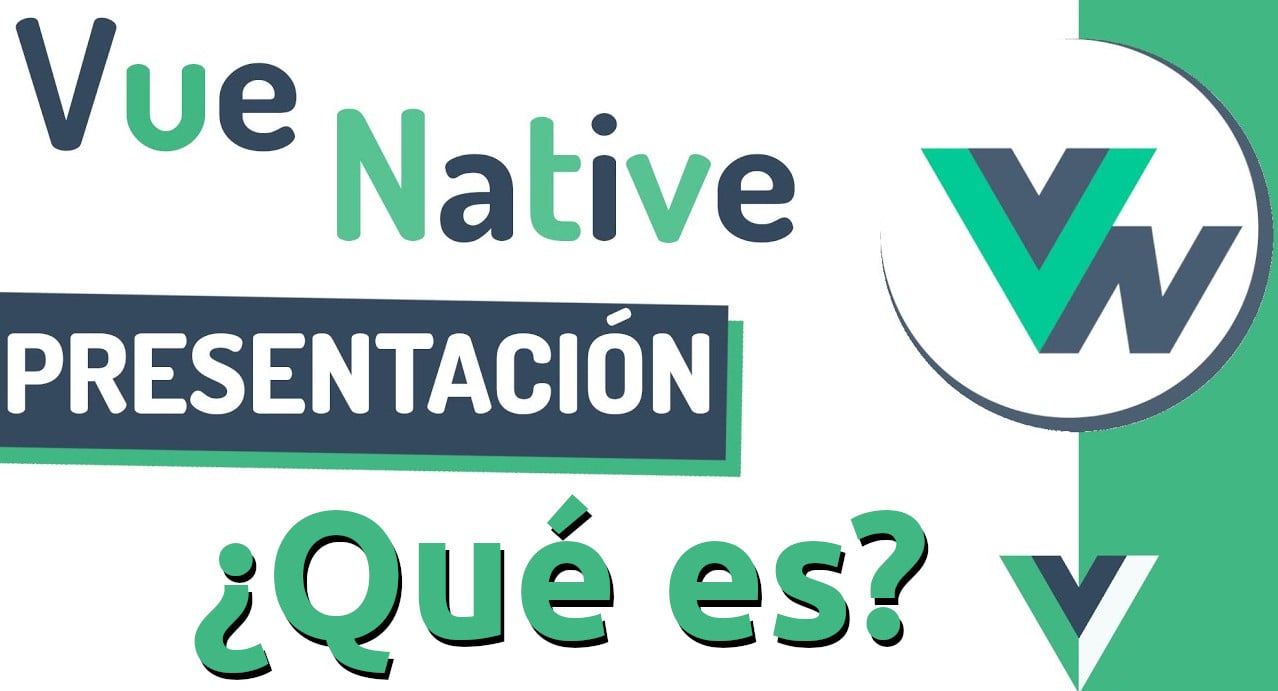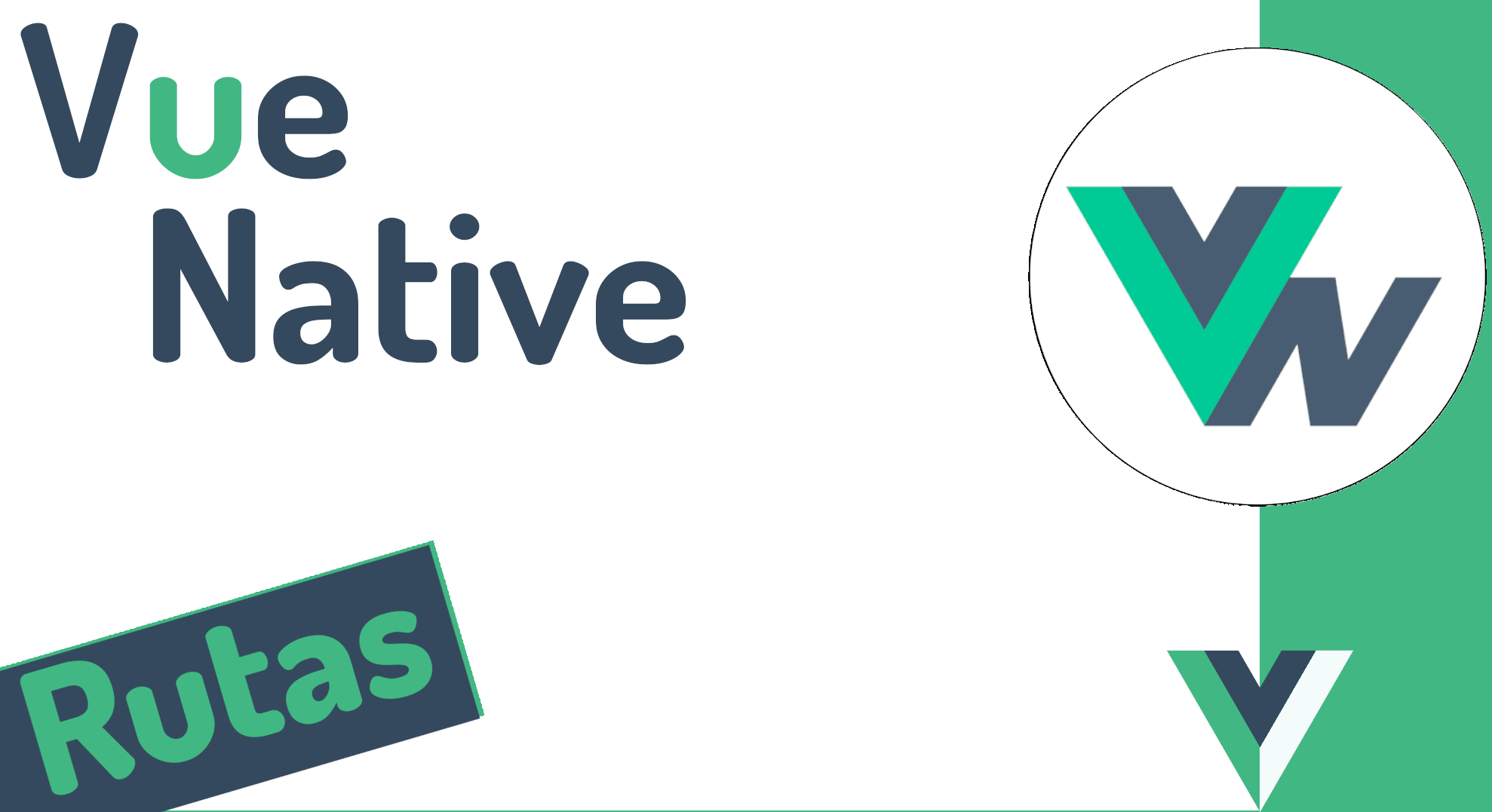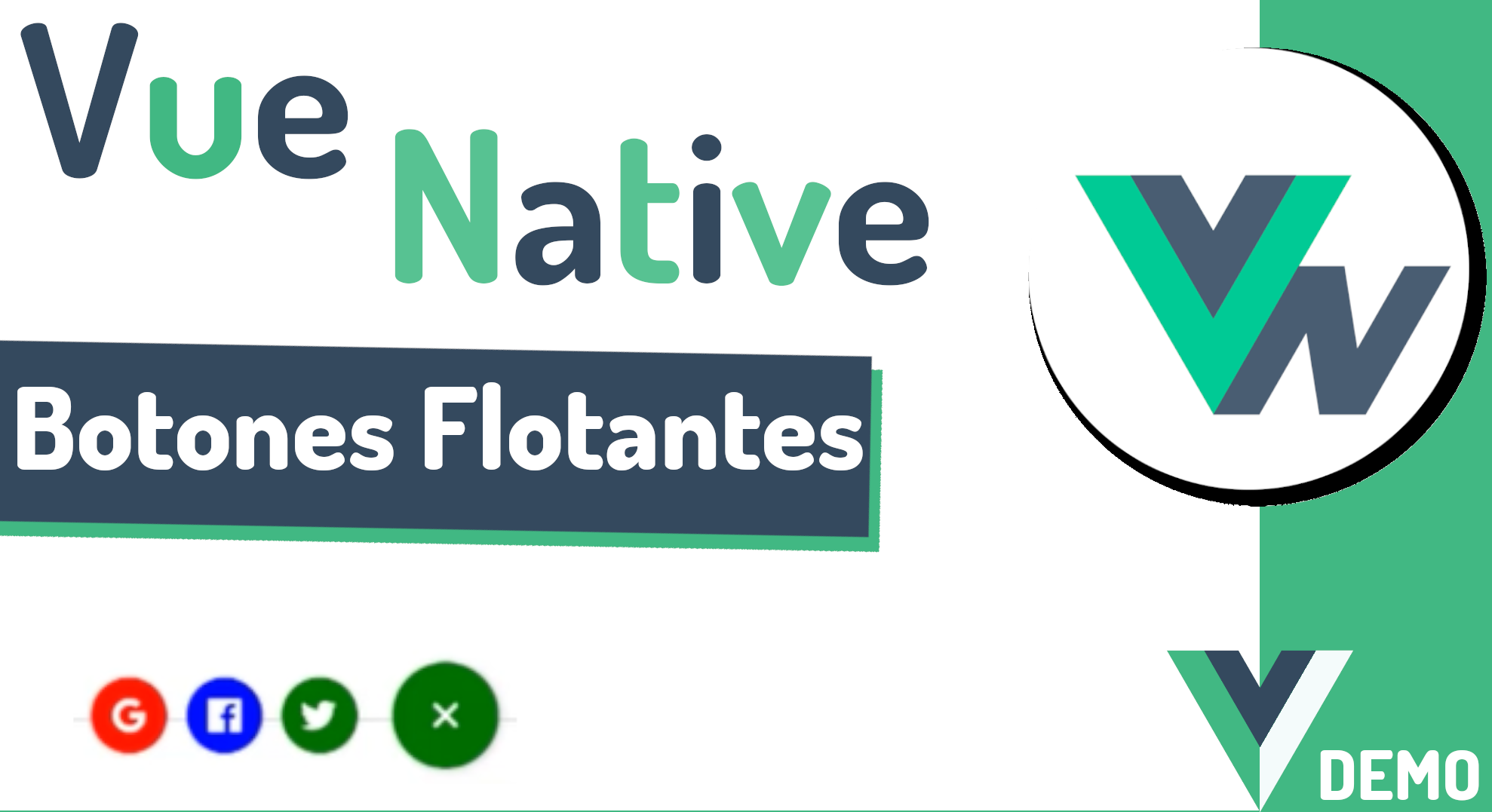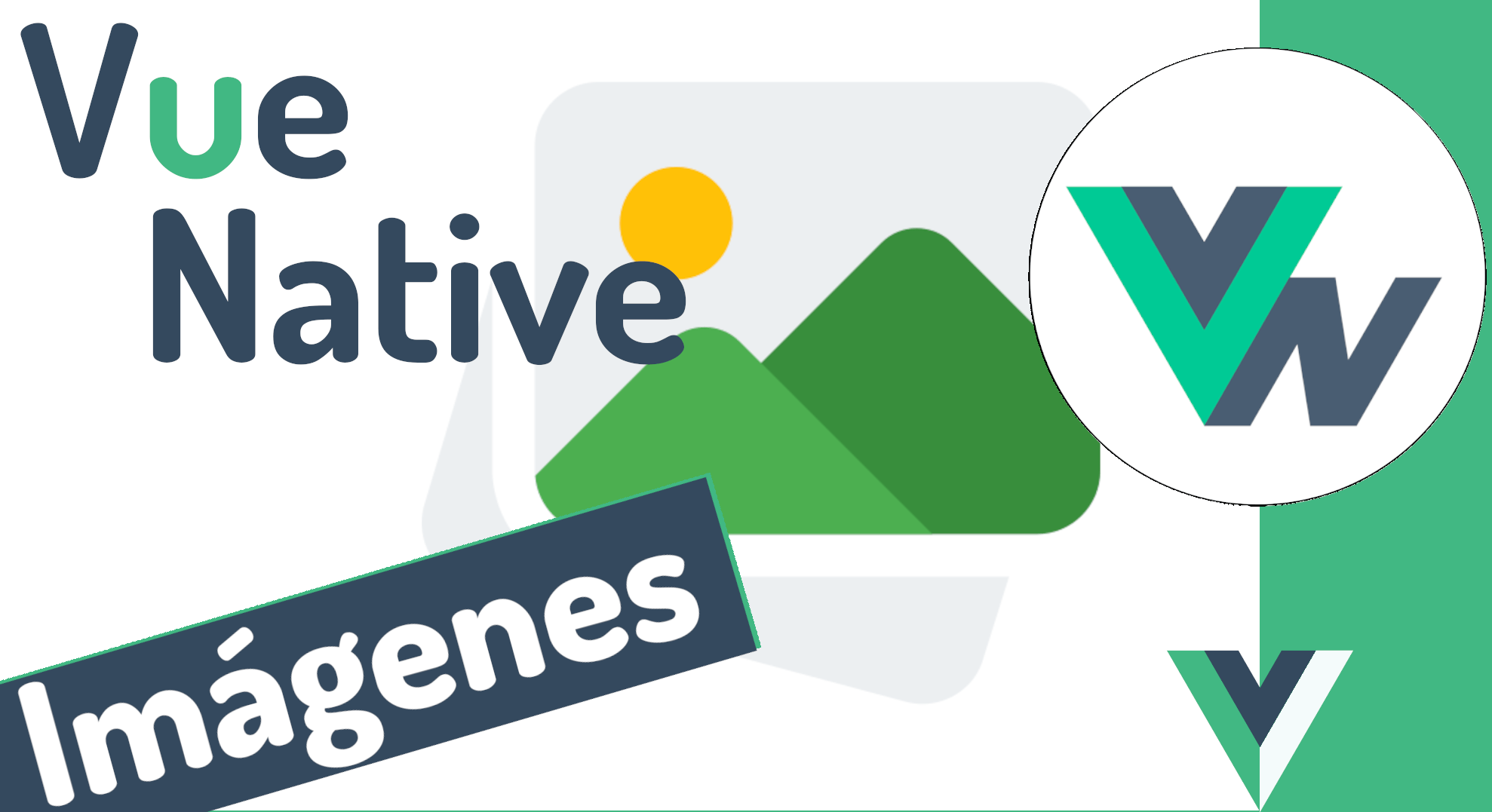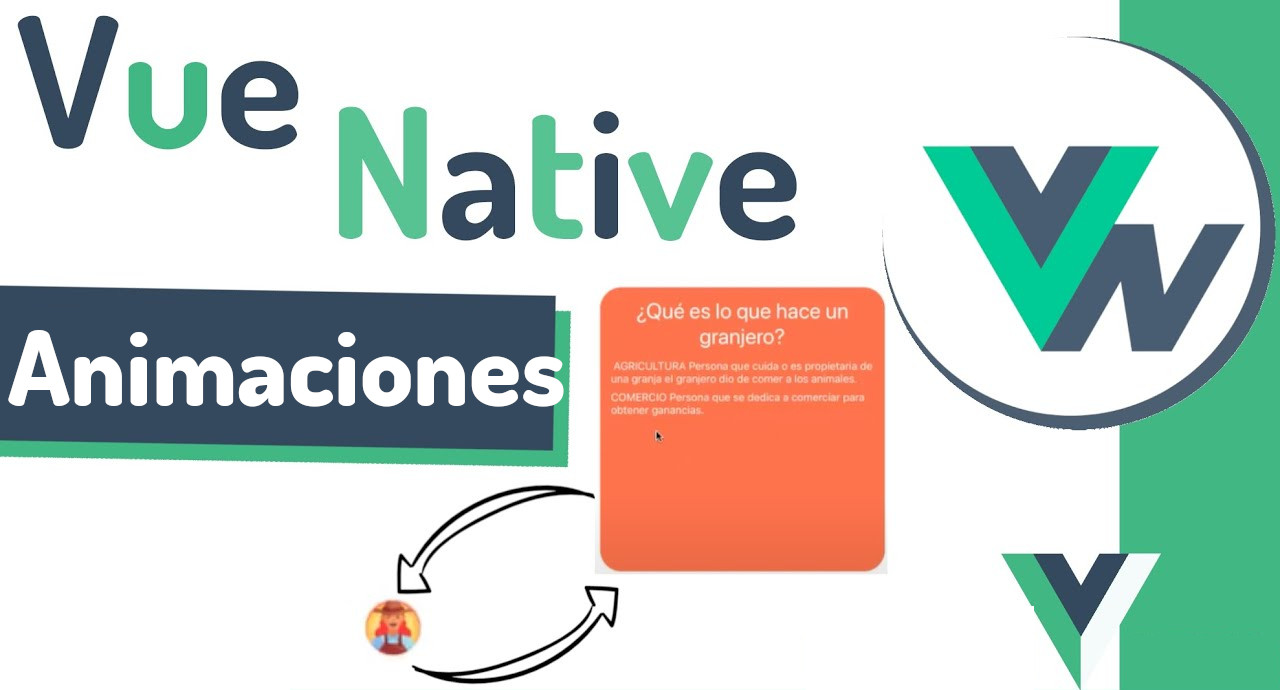Vue Native is a framework for creating native mobile applications for Android and IOS using JavaScript; specifically Vue; with this technology we can create good quality mobile applications.
Another fundamental point is that Vue Native uses the React Native code for each of the components that we have to create our applications; Therefore, Vue Native communicates directly with the React Native core to be able to display using components, images, texts, buttons, lists and much more.
The fundamental window that this platform has is that we can use the Vue and React Naive plugins to create our applications.
Guide to taking the first steps with Vue Native
In this section, we will list several publications that may be useful to you to get started with this technology completely free of charge.
We start by talking about technology, which offers us:
The next step is to create our first app, with this, we will know the bases of the framework as well as its structure:
Once the project has been created, the next step is to create a floating button and with this, learn the basics of the fundamental elements:
And the image component:
Let's create a more complex structure than the buttons, like a list:
Animations are fundamental in any system, we create an animation:
Course and Book to master Vue Native
Unfortunately this technology was obsolete at the time of writing this book; Therefore, the book does not have all the chapters that were initially planned and remains as a reference to start with this framework.
However, even if it is obsolete or deprecated, it helps us to know everything that this tool offers us, which we can use to encourage us to develop in similar frameworks such as React Native, Galio, among others.
As a recommendation, use Visual Studio Code as an editor, since it is an excellent editor, with many customization options, extensions, intuitive, lightweight and that you can develop on a lot of platforms, technologies, frameworks and programming languages; so overall, Visual Studio Code will be a great companion for you; but, if you prefer other editors like Sublime Text, PHPStorm or similar, you can use it without any problem.
This book is aimed at anyone who wants to get started with mobile development and knows the basics of Vue.
For those who want to know the framework and who know Vue, who want to know current frameworks similar to this one, but do not have the necessary knowledge to venture into these because they do not know the bases that support them.
For those people who want to learn something new, learn about a framework that has very little documentation (especially in Spanish), who want to improve a skill in web development, who want to grow as a developer and who want to continue climbing their path with others frameworks superior to this one; As long as you meet at least some of the above considerations, this book is for you.
By the time I was about 50% through the book, it was classified as "deprecated"; Therefore, it will no longer receive support updates and therefore you should not use it to create new applications that you will surely want to support; You can use it for purely educational purposes, for example:
- If you want to take the first steps with React Native but without suffering its complexity.
- Learn about other frameworks that may be more complex and complete than Vue in mobile development.
- Know other technologies to work with mobile development.
- You want to practice with Vue at another level with technologies that use the base framework.
- Or above all else, you want to know what this technology brings to the community of web and mobile developers.
So based on the decision of the team that supported Vue Native, I decided to abort the basics of working with these technologies and close the book with some of the material I wanted to contribute.

